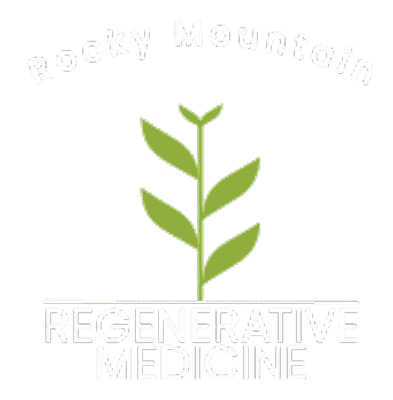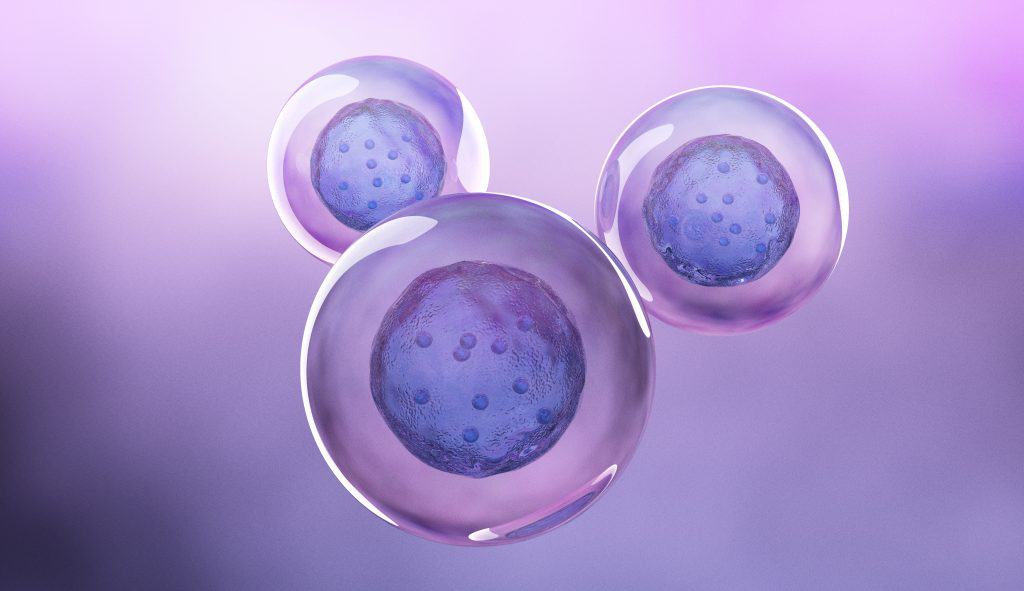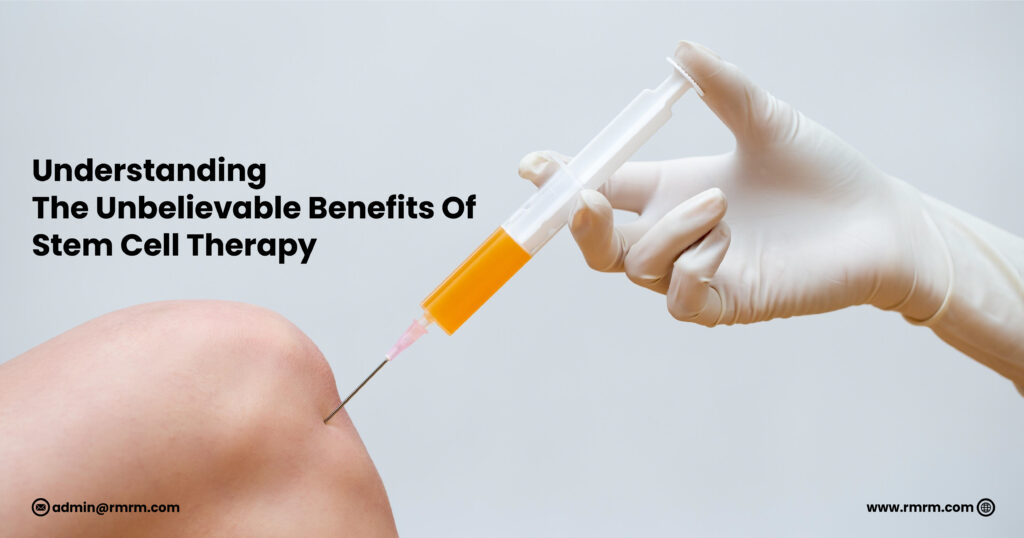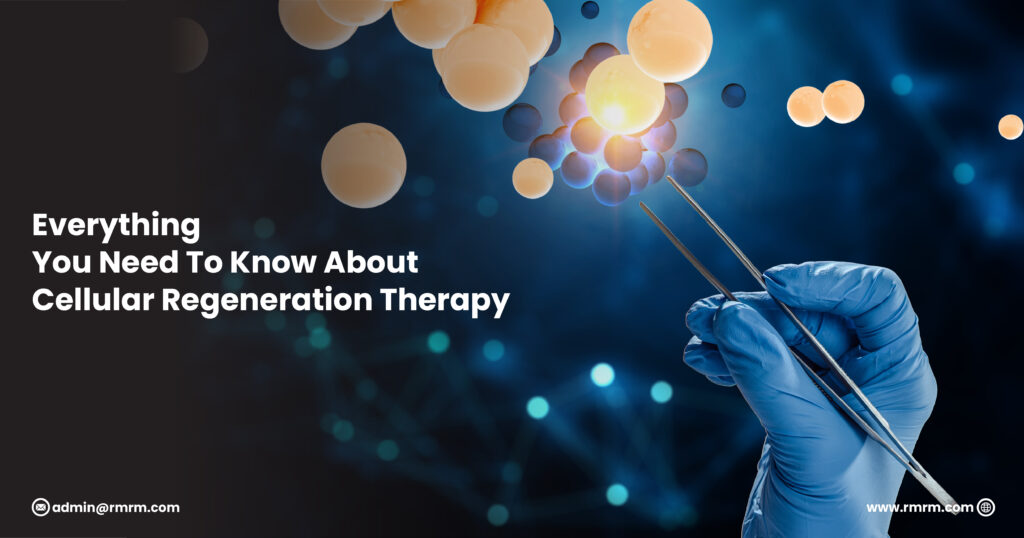Platelet Rich Plasma (PRP) is a versatile solution in various medical specialties. The treatment has emerged as a powerhouse in numerous applications. From orthopedics, where it accelerates the healing of musculoskeletal injuries, to dermatology, where it breathes new life into skin and hair, and even in the fields of dentistry and aesthetics, PRP’s applications are both wide-ranging and transformative. In this article, we explore the Platelet Rich Plasma Therapy & multifaceted medical applications of PRP, shedding light on its remarkable impact on healing, rejuvenation, and overall well-being.
What is Platelet Rich Plasma Therapy?
Simply put, the therapy of PRP, or Platelet Rich Plasma primarily involves two elements – plasma and platelets. Plasma is the liquid portion available in the blood while platelets are blood cells that support the body’s natural healing process. Platelets are also recognized for their clotting abilities and the potential to trigger cell reproduction and stimulate tissue regeneration.
PRP treatment is a medical procedure that utilizes a patient’s own blood to promote healing and regeneration in various tissues. A clinician takes a patient’s blood sample like a normal blood test and then places it into a machine called a centrifuge. This machine spins the inserted samples rapidly to filter other blood components from the platelets and concentrate them within the plasma.
This innovative treatment has found applications in different medical fields, including orthopedics, dermatology, and aesthetics. Here’s an overview of PRP treatment benefits:
- PRP involves the extraction of a small amount of the patient’s blood, typically from the arm, similar to a routine blood test.
- The collected blood is then processed in a centrifuge to separate the plasma, which is rich in platelets, from other blood components.
- The resulting platelet rich plasma contains a concentration of growth factors and proteins that are essential for tissue regeneration and healing.
PRP Procedure
- Blood Collection: A small amount of blood (typically around 60-120 milliliters) is drawn from the patient using a syringe.
- Centrifugation: The collected blood is placed in a centrifuge, a machine that spins rapidly to separate its components based on density. This process isolates the platelet rich plasma.
- Preparation: The PRP is then prepared for application in Regenerative Medicine Clinics. Depending on the specific treatment, it may be injected into the target area, applied topically, or used in conjunction with other procedures.
Platelet Rich Plasma – Medical Applications
The technique of Platelet Rich Plasma is gaining popularity across multiple medical fields:
- Orthopedics: PRP has been widely used in orthopedic medicine to treat musculoskeletal injuries, such as tendonitis, ligament sprains, labrum tears, rotator cuff tears,meniscus tears, and osteoarthritis. The growth factors in PRP can stimulate tissue repair and reduce inflammation.
- Dermatology: In dermatology, PRP is employed for various skin rejuvenation and hair restoration treatments. It can be injected into the skin or used topically during procedures like microneedling to promote collagen production and improve skin texture.
- Dentistry: PRP also has applications in oral and maxillofacial surgery, particularly in procedures like dental implants. It aids in the healing of tissues and bone following oral surgeries.
- Aesthetics: PRP is increasingly used in cosmetic procedures. The “Vampire Facial” and “Vampire Facelift” involve applying PRP topically or injecting it into the skin to enhance collagen production and reduce the appearance of fine lines and wrinkles.
Considerations
- Results May Vary: The effectiveness of PRP treatment can vary between individuals and depends on factors such as the specific condition being treated and the patient’s overall health.
- Multiple Sessions: Some treatments may require multiple PRP sessions to achieve optimal results.
- Consultation: Patients considering PRP treatment should consult with a qualified medical professional to determine its suitable for their specific condition.
Various Benefits of PRP Treatment
The innovative procedure of PRP has found applications across various medical fields. It offers a range of benefits that extend from orthopedics to aesthetics. Let’s delve into the transformative advantages of PRP treatment:
-
Natural Healing Power
At the core of PRP treatment lies the concept of using the body’s innate healing abilities. By concentrating platelets and growth factors from the patient’s blood, PRP stimulates natural healing processes to promote tissue repair and regeneration.
-
Reduced Risk of Allergic Reactions
Since PRP is derived from the patient’s own blood, the risk of allergic reactions or adverse responses is significantly reduced. This makes PRP a safer and more natural alternative compared to treatments involving external substances.
-
Versatility Across Medical Fields
One of the key PRP Treatment Benefits is that its application isn’t limited to a single or two fields. It has become a considerable choice across several medical specialties including Orthopedics, Dermatology, Aesthetics and more.
-
Accelerated Healing and Reduced Downtime
In orthopedic applications, PRP has been associated with faster recovery times. Patients undergoing procedures like tendon repair may experience accelerated healing. In aesthetic and dermatological treatments, the minimal invasiveness of PRP procedures often translates to reduced downtime compared to more invasive alternatives.
-
Improved Tissue and Bone Regeneration
Furthermore, dentistry and oral surgery benefit from PRP’s ability to enhance tissue and bone regeneration. Following procedures like dental implants, PRP can contribute to a more robust and efficient healing process.
-
Customized Treatment Plans
PRP treatments are adaptable and can be customized to suit the unique needs of each patient. Healthcare professionals can tailor the concentration of platelets and the method of application based on the specific condition being addressed.
-
Addressing Hair Loss
PRP has shown promise in addressing hair loss concerns. When applied to the scalp, PRP promotes hair follicle health, potentially slowing down hair loss and fostering hair regrowth.
-
Minimal Side Effects
With proper medical supervision, PRP treatments are generally well-tolerated with minimal side effects, similar to therapies to Regenerate Stem Cells. This enhances patient comfort and contributes to the appeal of PRP as a therapeutic option.
-
Potential Cost Savings
Compared to some surgical interventions or more invasive treatments, PRP procedures may offer cost-effective solutions, especially when considering the reduced downtime and fewer post-treatment expenses.
-
Ongoing Research and Advancements
The field of PRP treatment is continually evolving. Ongoing research explores new applications and refines existing protocols. This commitment to advancement holds promise for even more diverse and effective uses of PRP in the future.
The Bottom Line
Summing up, PRP treatment stands as a testament to the incredible potential of utilizing the body’s own resources for healing and regeneration. Its versatility, minimal invasiveness, and natural approach make PRP a valuable asset across a spectrum of medical disciplines. It promises to obtain transformative benefits for those seeking innovative and effective therapeutic solutions. For the desired results, consult with a qualified medical professional trained in Platelet Rich Plasma Therapy. At Rocky Mountain Regenerative Medicine, clients will undergo high-quality therapeutic and diagnostic services under the supervision of knowledgeable and friendly doctors and nurses.



